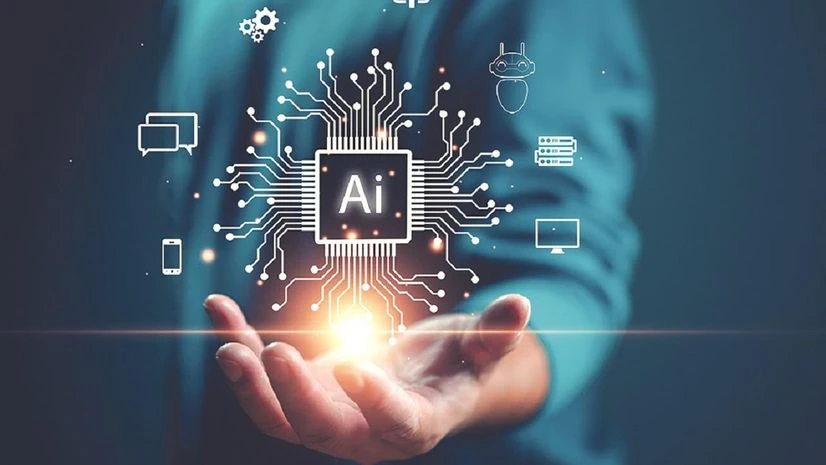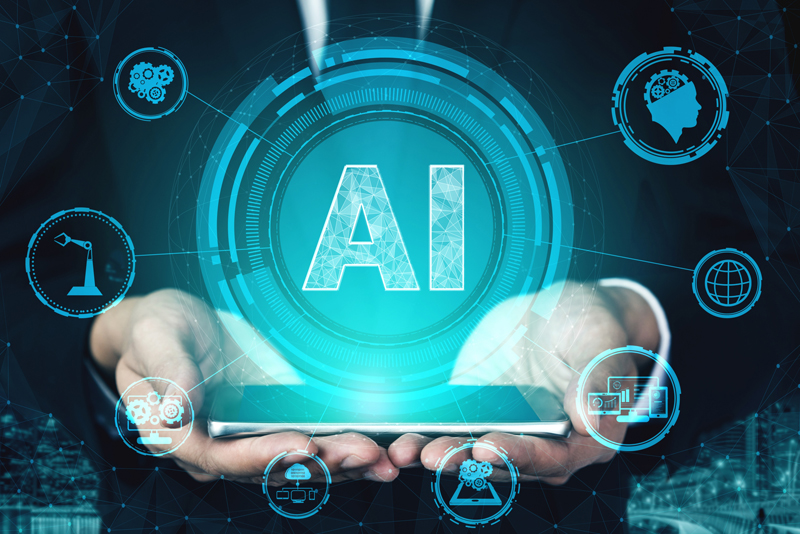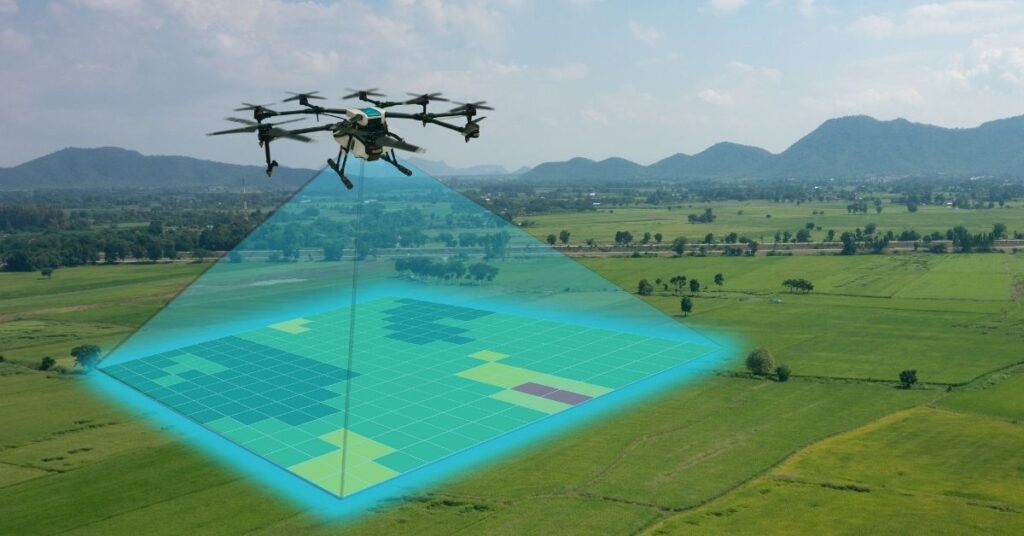Trustworthy, Explainable and Ethical AI Chips/Hardware
)
Explainable AI
Explainable AI focuses on making AI systems transparent and understandable. It aims to improve trust by providing clear reasoning behind AI decisions, particularly critical in sensitive applications like healthcare and finance.

Trustworthy AI
Trustworthy AI emphasizes reliability, safety, and ethical alignment of AI systems. This approach ensures AI behaves predictably, responsibly, and aligns with societal values, addressing concerns around data privacy and accountability.










